Diving into the world of gemstones is like going on a treasure hunt. There are many beautiful choices, each with its own story and secrets. In this collection of sparkling gems, white topaz and white sapphire stand out with their clear, diamond-like sparkle.
At first glance, they might look a lot alike. But both gems are very popular for jewelry because they are so bright white. Did you know that although they look much alike, they are very different in some incredible ways?
This article will help you to see the differences between white topaz and white sapphire as well as the interesting similarities between the two.
We will go on an exciting adventure to learn about these jewels in many ways, including how they are formed deep in the Earth, where they are found, and even how they react to light!
But it’s not just about science; we’ll also discover why these differences are essential to the people who wear and love these stones. Ultimately, it will reveal white topaz and sapphire’s magic and secrets.
White Topaz vs. White Sapphire – The Major Differences
Even though white topaz and white sapphire are both very beautiful, a few big differences between them will help you tell them apart. These are the things that make them different:
Appearance – White Sapphire is more sparkly
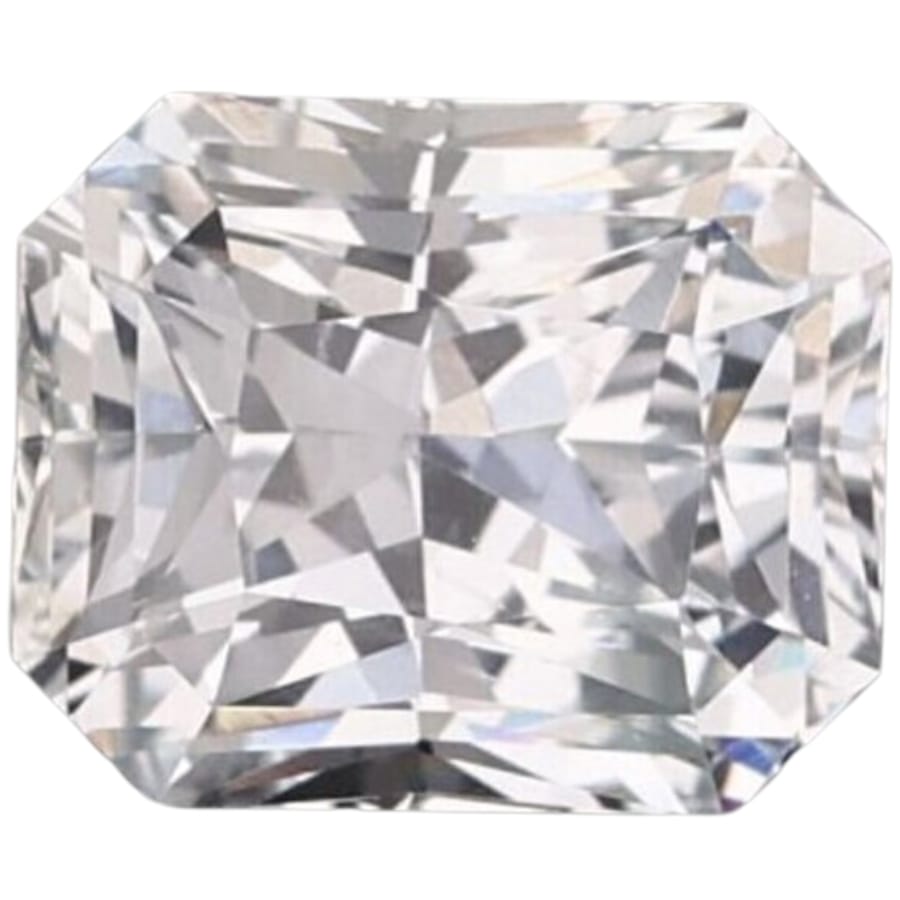
White sapphire and white topaz are very clear and shiny when cut and cleaned, but white sapphire has a higher refractive index.
With this in mind, white sapphires often give off more of the shine and “fire” that people usually associate with diamonds. In a way that makes them look almost cold, they have an amazing ability to catch and reflect light.
Still, white topaz can be very reflective too, though not as much as white diamond. Another possibility is that it will give off a less intense, softer light, which could be seen as a warmer glow instead of a fiery sparkle.
If you’re outside in direct sunlight, you can see this change. The way the jewel is cut can also have a big effect on how it looks of course.
White topaz can be cut into a bigger range of beautiful shapes, giving jewelry designers more options for using them. White sapphires are often cut into shapes that look like diamonds to make them sparkle even more.
Chemical Composition – White Topaz is a silicate mineral
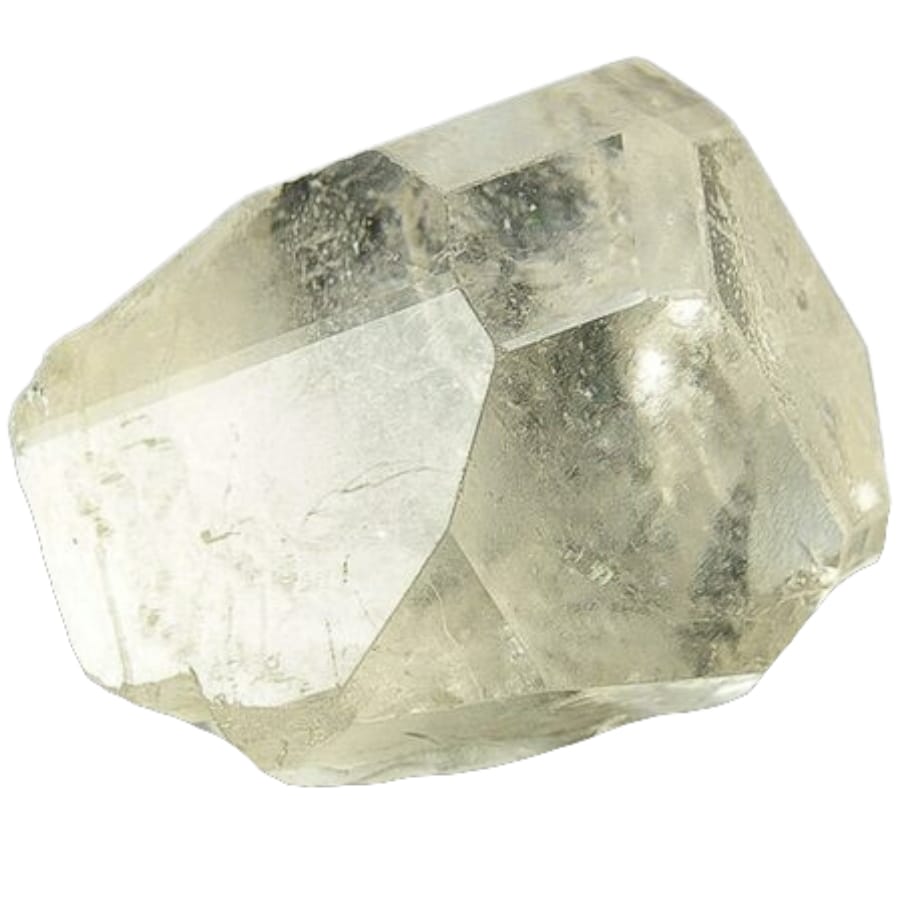
The chemicals that make up white topaz and white sapphire are very different from one another. This affects not only their physical traits but also where they came from and how they were formed.
The chemical formula for white topaz is Al2SiO4(F,OH)2. It’s a silicate crystal made up of aluminum and fluorine. Topaz is a silicate, which means that in its best form, it’s made up of silicon, oxygen, and other elements.
This is a common structure in the Earth’s crust. But the presence of fluorine is what makes topaz special. It helps explain some of its unique properties, like how hard it is and how easily it breaks.
White sapphire, on the other hand, is in the corundum family and is made up of only one element: aluminum oxide (Al2O3). The stone is known for being very hard and durable, and this combination helps make it so.
White sapphire is clear and colorless because it doesn’t have any small impurities. Other sapphires can be a variety of colors because of their impurities.
Since both white topaz and white sapphire contain aluminum, the fact that topaz also has silicon and fluorine and sapphire only has aluminum oxide makes these two stones chemically different.
In addition to determining their natural properties, this difference in composition also tells us about the places and conditions where these gemstones are made.
Cleavage – White Sapphire doesn’t have a cleavage
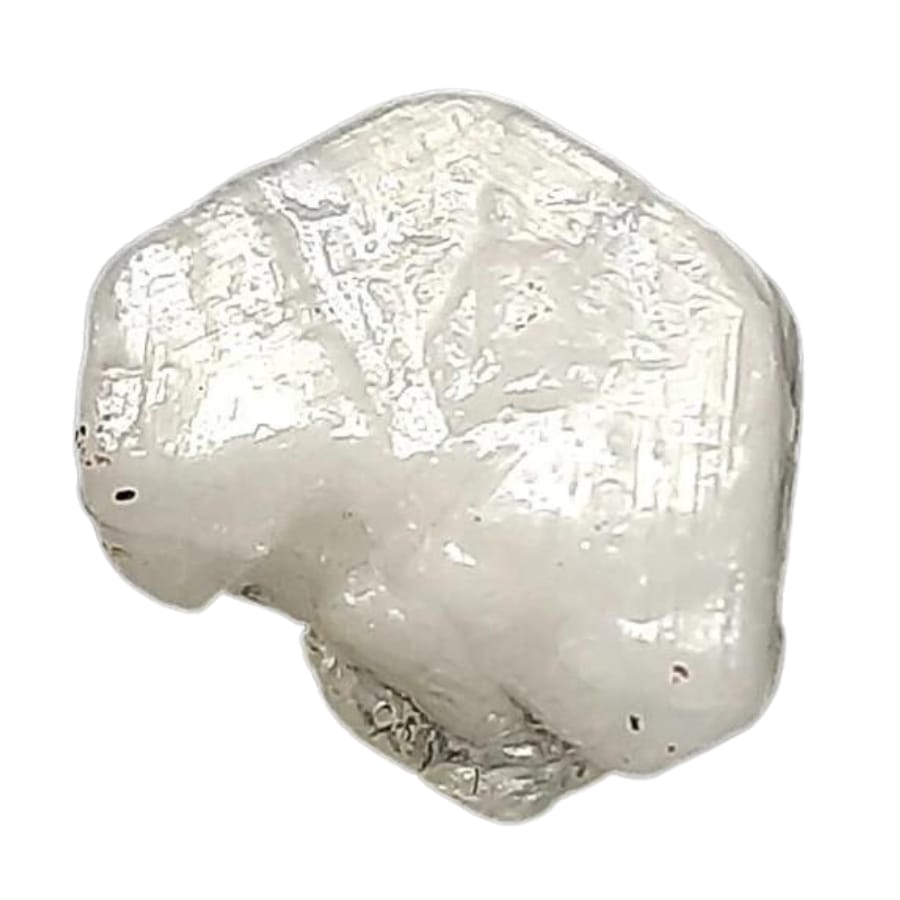
In mineralogy, cleavage is when crystalline materials tend to break apart along certain structural lines because their crystal structure isn’t strong enough.
This feature has a big impact on how long a crystal lasts and how easily it breaks, which is important for jewelry use.
In one way, white topaz has a feature called “perfect cleavage.” This is because of how the atoms are arranged in its crystal structure. This makes weak spots in the stone that are easy to break.
When white topaz is hit hard or under mechanical stress, it’s likelier to break neatly along these planes. Because of this, white topaz is more likely to chip or break, especially when set in certain kinds of jewelry.
Topaz jewelry needs to be cut, set, and worn with extra care to avoid getting damaged.
White sapphire has no cleavage lines because of how the atoms are arranged in its crystal lattice. This is one reason why it’s so hard and durable. It would rather break in a conchoidal or uneven way than cleave.
This is called fracturing. White sapphire is less likely to break or chip than white topaz because it has no cleavage lines. Because of this, white sapphire is a great stone for everyday jewelry that can handle a busy lifestyle.
Knowing the difference in cleavage between these two jewels is very important for figuring out what they can be used for and how much care they need.
Density – White Topaz has a lower density
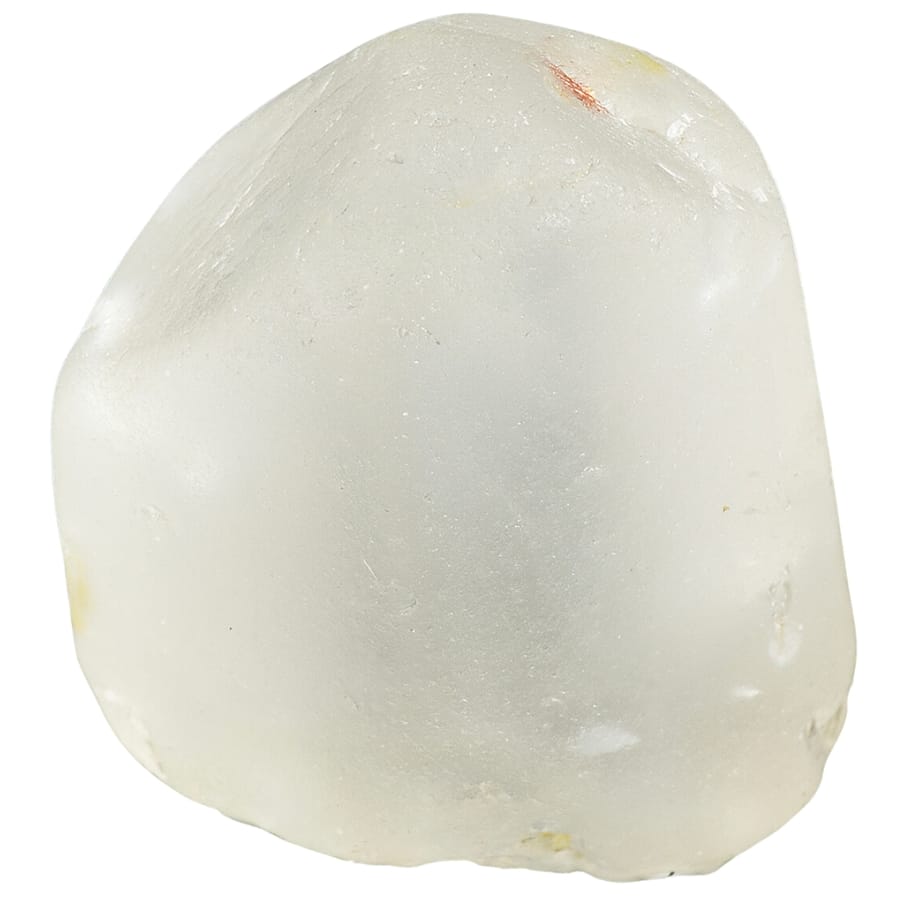
Gemstones’ density, usually given in grams per cubic centimeter (g/cm³), is an important trait that tells you how heavy they are compared to how much space they take up.
The density of white topaz is usually between 3.4 and 3.6 g/cm³, which is smaller. Because of this lower density, the diamond may be a little lighter than others of the same size, making it more comfortable to wear, especially when the carat weight is higher.
This feature might not be evident to a casual watcher or wearer, but it does add to the overall experience of having a big piece of jewelry that doesn’t feel too heavy. This is one reason white topaz is a popular choice for statement jewelry.
White sapphire is heavier with a density of about 4 g/cm³. Because of this higher density, white sapphire feels slightly heavier than white topaz when the two are the same size.
Its amazing durability and hardness are also linked to the fact that white sapphire has a higher density, which is related to its molecular structure and composition.
This difference in density may not seem like a big deal, but it does change the gemstones’ physical features, which in turn changes how desirable they are and how they can be used in jewelry.
Formation – White Sapphire is found in metamorphic rocks
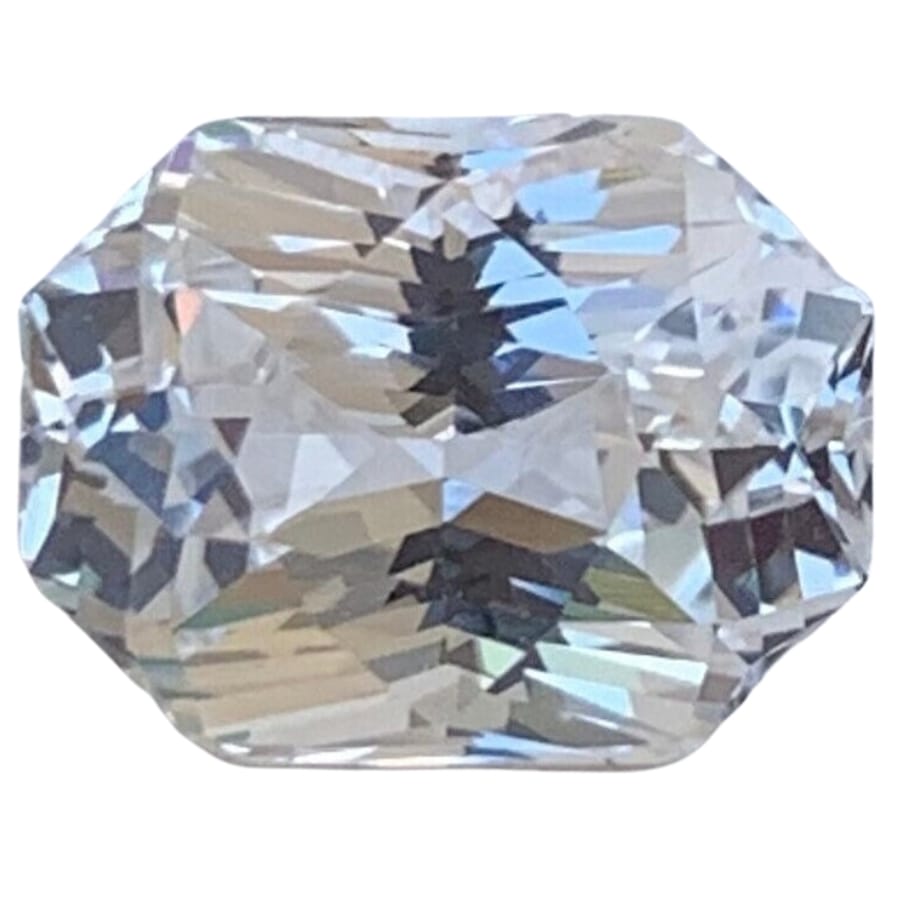
Different geological processes and conditions are needed for white topaz and white sapphires to form, reflected in their different chemical makes-ups and physical traits.
Often, white topaz forms in pegmatites and high-temperature quartz veins, often with granitic fluids. In these igneous areas, the last bit of magma cooling takes place, which makes rare rocks.
Topaz is made from fumes high in fluorine, an important part of its chemical structure. It can also be found in holes in rhyolite and granite and sedimentary rocks, where it was washed away from where it was first found and put down somewhere else.
White sapphire forms in harsher conditions than white topaz. It’s usually found in metamorphic and igneous rocks, especially where there is a lot of aluminum. To make gem-quality white sapphires, high temperatures and pressures are needed.
These conditions are usually found deep in the Earth’s rock or places with tectonic activity. Sapphire is a material that is in the corundum family.
It can form in several different geological settings, but the clear, transparent type used in jewelry needs special conditions where no trace impurities give these stones their color.
Fluorescence – White Topaz does not fluoresce
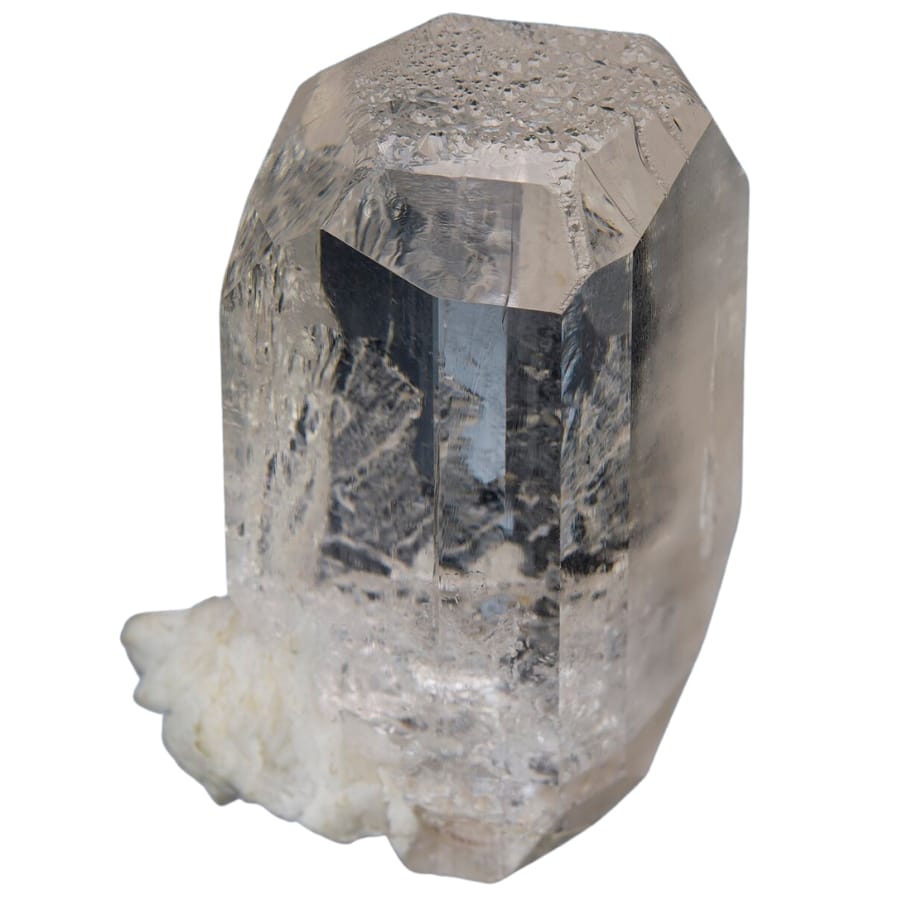
In gemstones, fluorescence is the ability to give off a noticeable glow when exposed to ultraviolet (UV) light. This is caused by impurities or structural flaws in the gem’s crystal lattice.
This quality can be very different between types of stones, and even within the same type of stone, based on where they came from and what elements are in them.
Most of the time, white topaz doesn’t glow under UV light. The elements needed to make this affect usually aren’t found in its chemical make-up. Gemologists and fans look for white topaz because it doesn’t fluoresce.
Some white sapphires can have a minor fluorescence, but this isn’t something that all of sapphire gemstones do. When it’s there, the fluorescence is usually a faint blue or red color, based on the trace elements built into the stone.
Trace amounts of elements like chromium or iron cause white sapphires to glow differently. This glow isn’t as common or strong in white sapphires as in other jewels, like diamonds.
It’s possible to tell the difference between white topaz and white sapphire by their different brightness levels. This difference can also affect how the stone looks in different lighting conditions, adding to its beauty.
Hardness – White Sapphire is harder
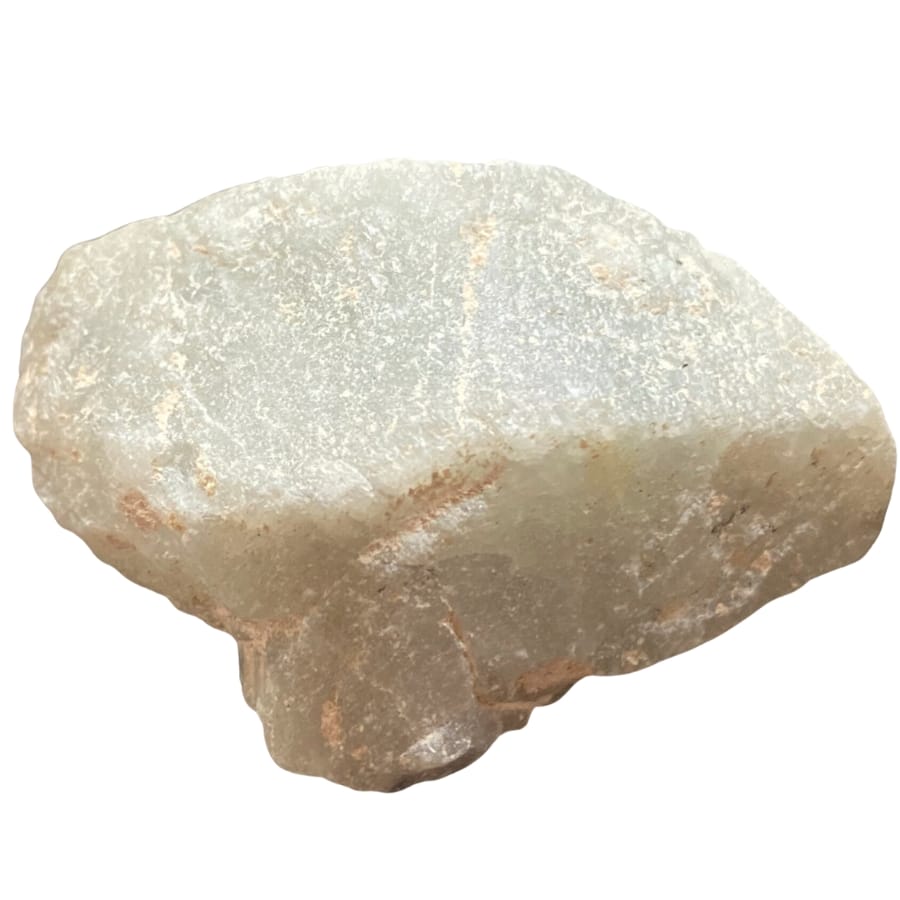
When it comes to gemstones, how hard they are is very important because it affects how easily they can be worked with and how long they will last.
The Mohs scale, which rates materials from 1 (talc) to 10 (diamond), is often used to measure this quality.
On the Mohs scale, white topaz is an 8. This means it’s pretty tough and can be worn daily, but it can still get scratches and abrasions over time, especially if worn daily or in rough circumstances.
It can chip or split if hit hard because it has a perfect cleavage, a directionally weak spot in its crystal structure. This makes it less durable than harder jewels.
White sapphire, on the other hand, has a Mohs scale grade of 9. This makes it one of the hardest minerals, second only to diamond.
Its hardness makes it very immune to scratches and abrasions, making it a good choice for jewelry that gets rough everyday use.
Because the stone is so strong, it’s often used instead of diamonds by people who want something durable but don’t want to pay the high price of a diamond.
Jewelers also have difficulty working with it because they need special tools and methods to cut and shape it without breaking the stone or the tools.
Price – White Topaz is more affordable
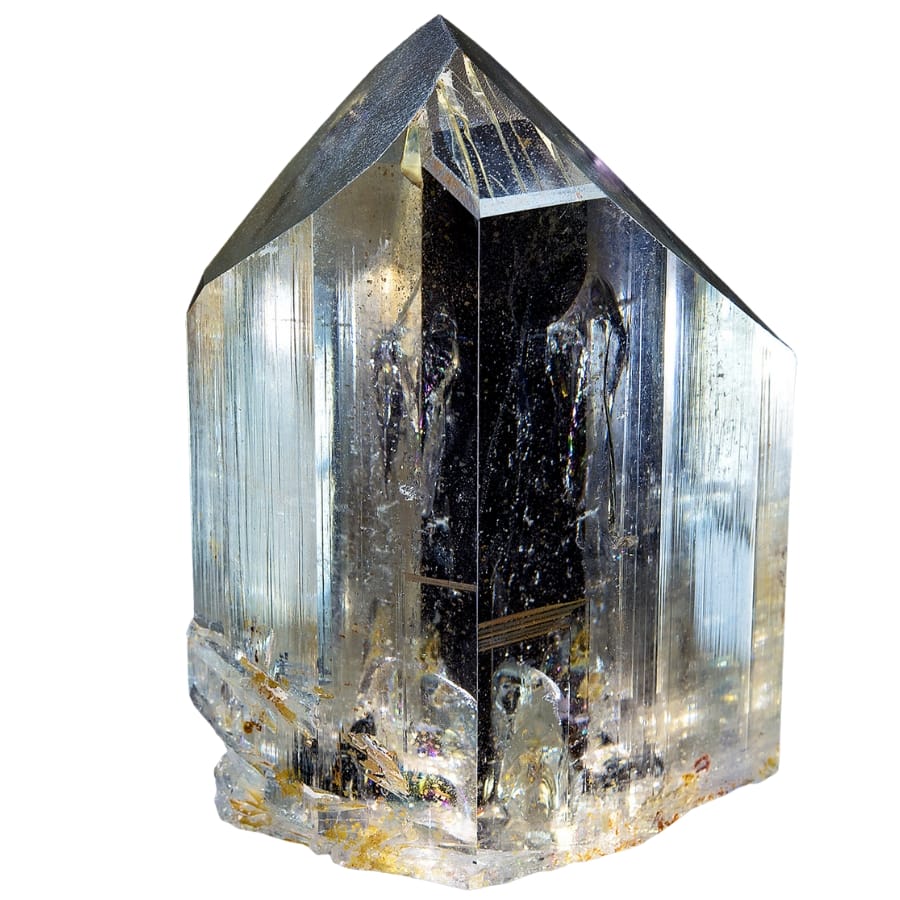
Gemstone prices depend on many things, such as how rare they are, how much people want them, their quality (clarity and cut), where they came from, and the state of the market in general.
People like white topaz and white sapphire because they look like clear diamonds, but their values differ.
White topaz is a lot less expensive than white diamond. Topaz is less rare than white diamond, which is one reason it costs less. It’s easy to find large amounts of topaz all over the world, that’s why the value of white topaz is lesser than that of white sapphires.
White topaz is strong, but not as strong as white diamond. It also has perfect cleavage, which makes it easy to break. These things make it worth less on the market.
Clear white topaz is much cheaper than other gemstones despite its high quality. This makes it a popular choice for budget-conscious people who want a bright, clear stone.
The value of white sapphire is more than white topaz because it’s not as common. They are often treated to make them clearer and more vivid, which can raise their end price.
Additionally, sapphires have a past of being valuable and are linked to royalty, which makes them more expensive because of their perceived status. Even though white sapphire is more expensive than white topaz, it’s still often used as a cheaper option to diamonds because it is just as beautiful and lasts as long.
The big price difference between these two stones may affect a buyer’s choice, based on their budget, how long they want the stone to last, and their taste in terms of prestige and historical value.
White Sapphire vs. White Topaz- The Similarities
When it comes to how much white topaz and white sapphire are similar, you’ll be surprised in how many important ways they are alike. When you compare the two, these are some of the things that they have in common:
Color – Both White Sapphire and White Topaz are white
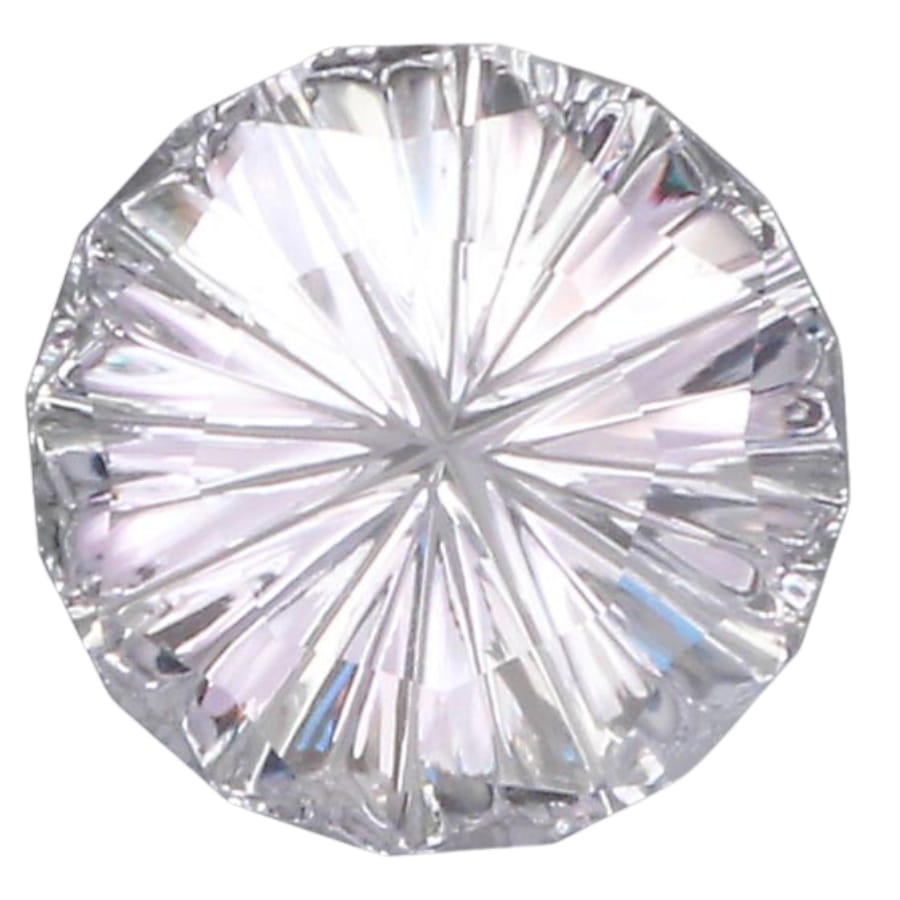
One thing that white topaz and white sapphire have in common that makes them very popular in the jewelry market is their color, specifically their lack of color.
People love these gems because they are clear and colorless, giving them a standard look that looks like a diamond but often costs much less.
Good examples of these stones don’t have any color at all. This lets them reflect and bend light in a way that makes them shine and sparkle even more. This lack of color is because it doesn’t have any of the trace elements that give jewels their color.
Because they are transparent, white topaz and white sapphire can be used in many ways. They aren’t just alternatives to diamonds; because they are plain, they can go with any style or color of jewelry.
These clear gemstones have a classic look with everything from jeans to suits. They look great set in rings, earrings, chains, and bracelets. Because they are similar in color, they can be used in many different styles and settings, making them more valuable in the gem market.
Conductivity – White Topaz and White Sapphire are poor conductors
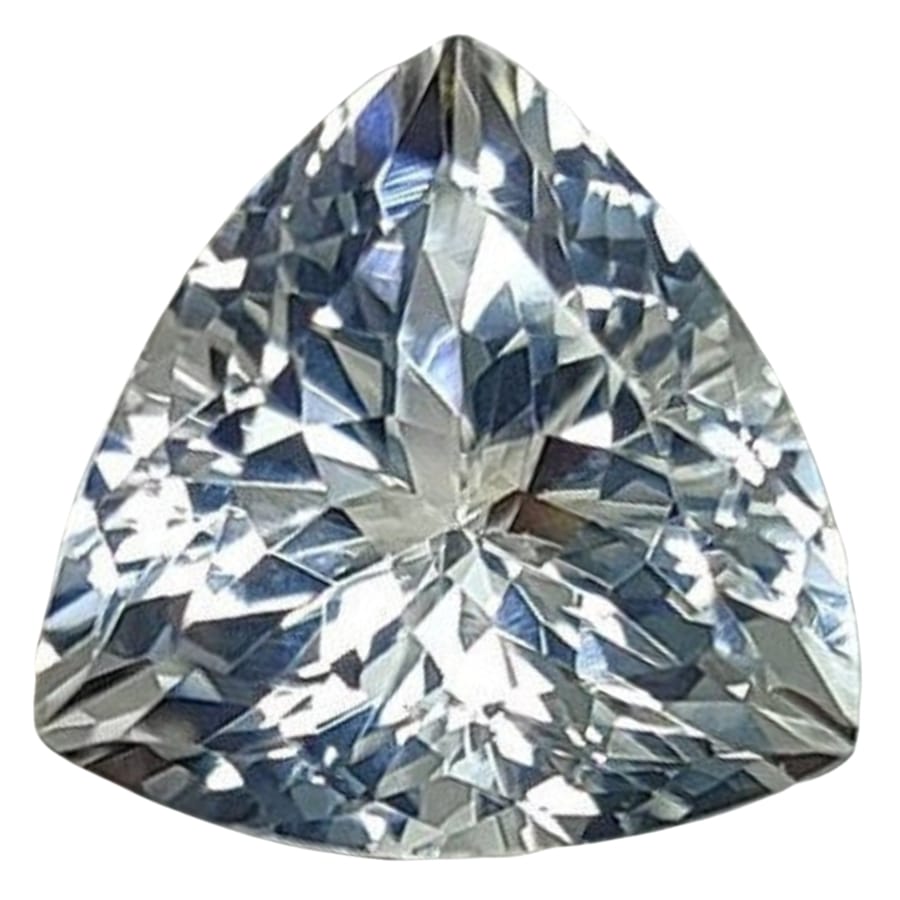
Gemstones’ conductivity is their natural ability to move heat or electricity through them. This is because of the chemicals they are made of and how their crystals are arranged.
Because they are insulators, white topaz and white diamond don’t let electricity flow through them very well. Their shared property comes from how their atoms are arranged and bonded, which doesn’t let electrons move freely, which is needed for electricity to flow.
Regarding how well they transfer heat, white topaz and sapphire are not as good as other jewels like diamonds. For jewelers and gemologists, this means they can’t spread heat as well, which is useful information overall.
So, when working with gemstones or making jewelry, less heat conduction means less thermal shock, a quick temperature change that can break a stone.
Location – You can find White Sapphire and White Topaz globally
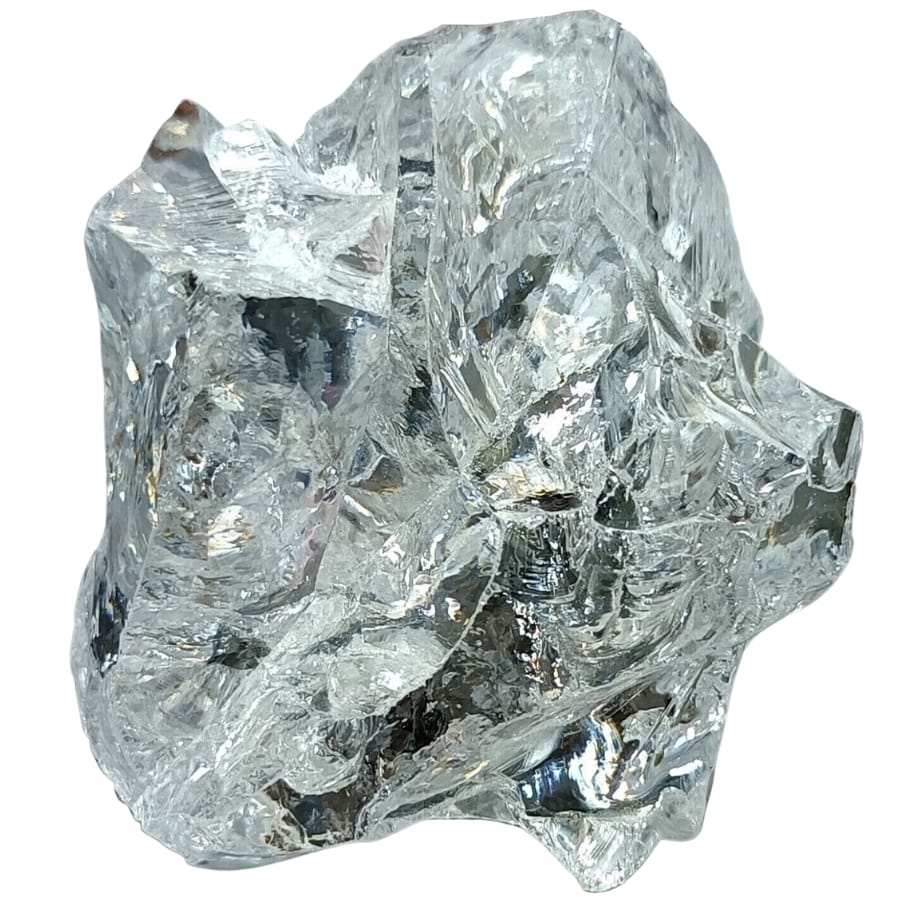
Even though white topaz and white sapphire are made in different ways and have different chemical makeups, they can both be found in many of the same places around the world.
White topaz is very common and can be found in many places around the world. Brazil, Pakistan, Nigeria, and Sri Lanka are some of the most important sources.
Topaz is most often found in pegmatites or as a byproduct of granitic degassing because of the unique weather conditions in these areas.
In the same way, white sapphire is found in many of the same countries, though it’s not as common.
Sri Lanka is one of the best places to find sapphires, both colored and white. Australia, Madagascar, and Myanmar are also known for having large amounts of sapphires. Soils in these places are full of gemstones, which helps corundum crystals grow. Sa
The places where you find these rocks can tell you about how they got there. You should look for white topaz and white sapphire in these excellent places for rockhounding.
Luster – White Topaz and White Sapphire both have a vtireous luster
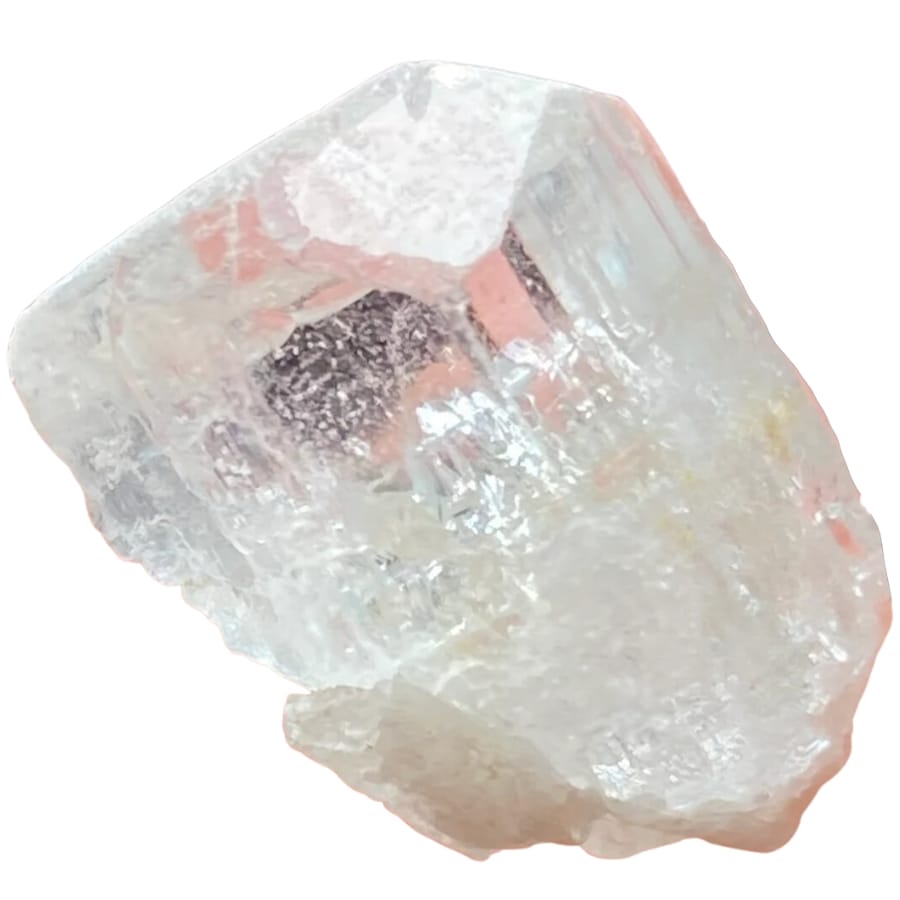
Luster refers to how light reacts with a gemstone’s surface, especially the type and amount of light that is reflected from it.
White topaz and white sapphire both have a vitreous sheen, which is a property of many clear gemstones that means they reflect light in a way that makes them look like glass.
It’s this vitreous luster that makes these jewels look so beautiful. Both white topaz and white sapphire have a sparkling shine when they are cut and polished. The light that hits their facets is bright, clear, and sharp.
Gemstones used in jewelry are especially sought after for this quality, which makes them sparkle and seem more valuable.
This common trait of a vitreous luster also helps identify gemstones, since luster is one of the main things gemologists look at when they classify and value gemstones.
But keep in mind that even if two stones have similar lusters, the quality and intensity of their luster can be different depending on how they were cut, how clear they are, and how much carat weight they have.
Magnetism – Neither White Sapphire nor White Topaz are magnetic
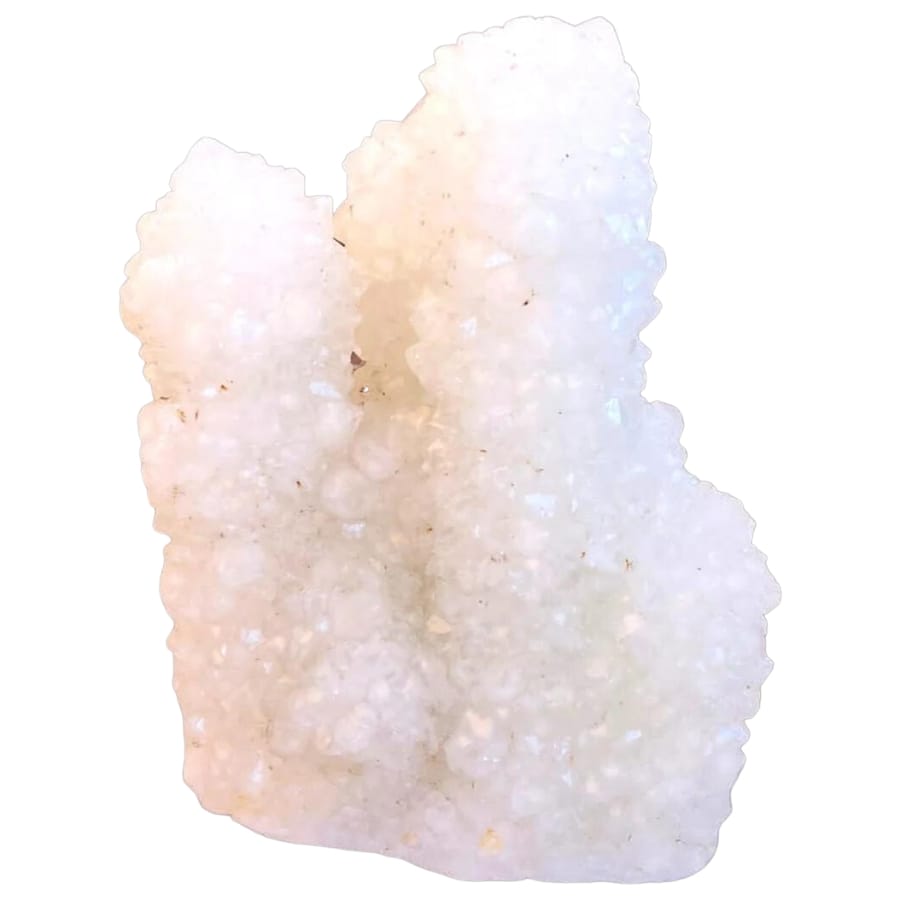
The magnetic qualities of both white topaz and white sapphire are very weak, which means they are not magnetic at all. The chemicals they are made of and the molecular bonds in their crystal structures are what make them alike.
Diamonds and gems made of mostly aluminum, silicon, and oxygen are diamagnetic, which means they don’t interact with magnets. While both poles of a magnet can push away diamagnetic materials, the effect is generally so weak that it can’t be seen.
When these materials are near a magnetic field, they create a magnetic field that goes the other way, which makes them slightly push away from each other. But this effect is very weak in both white topaz and white sapphire.
The fact that these stones are nonmagnetic means that magnets won’t be able to pull them together. This trait can help you tell the difference between gemstones.
For example, some man-made or fake jewels may be magnetic, so the fact that white topaz and white sapphire are not magnetic can help prove that they are real.
In addition, the fact that they are not magnetic makes them perfect for use in places where magnetic fields might be a problem, like in some electronic devices or places with strong magnetic fields.
Streak – Both White Topaz and White Sapphire have a white streak
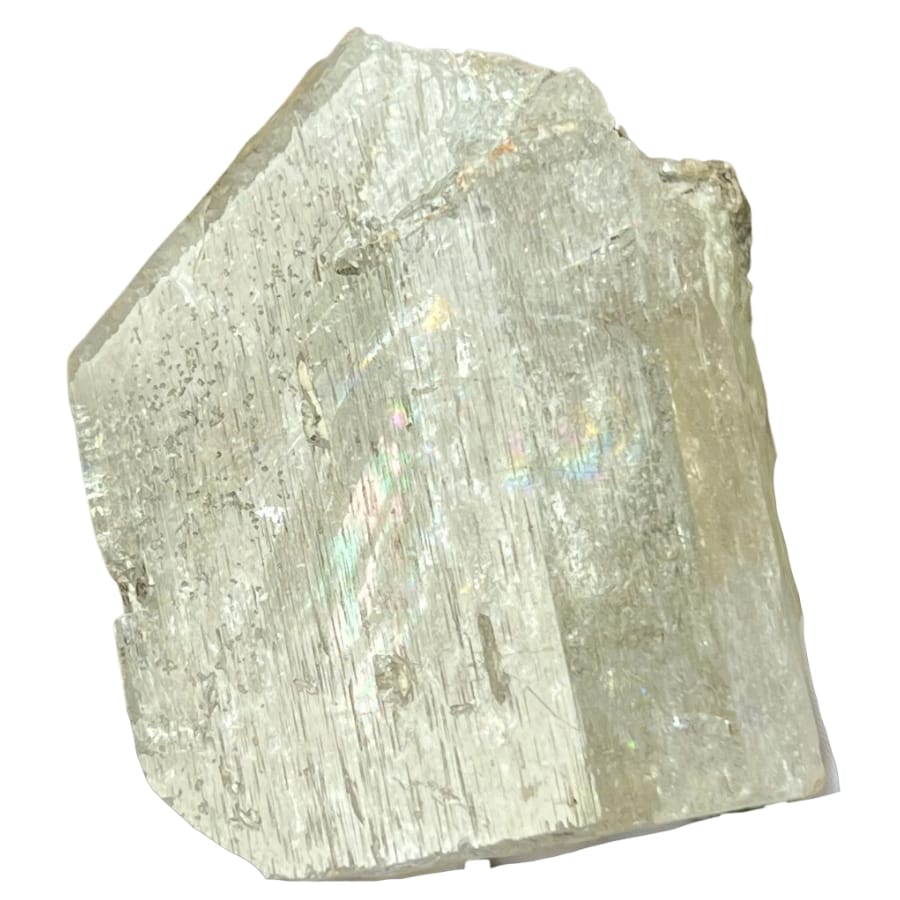
Minerals can be identified by their streak, which is the color they show when they are crushed. To see it, rub the mineral across a streak plate, which is an unglazed ceramic plate, and look at the color of the film that is left behind.
The streak plate shows a white (or colorless) line through both white topaz and white sapphire. This is a property shared by many clear and see-through rocks.
This white line is caused by the way these minerals are made. Although the crystal structure of each material can change the color of the crystal itself, the powdered particles are too thin to show their own color, so they look white.
It’s important to remember that the streak test is better at finding colored minerals because many clear, colorless minerals will leave a white line no matter what chemicals they are made of.
For gemologists and mineralogists, the streak test is just one of many diagnostic tools used to identify minerals.
While it’s a less defining characteristic for transparent minerals like white topaz and white sapphire, it;s a consistent property that supports the identification process.
The Easiest Ways To Tell White Topaz and White Sapphire Apart
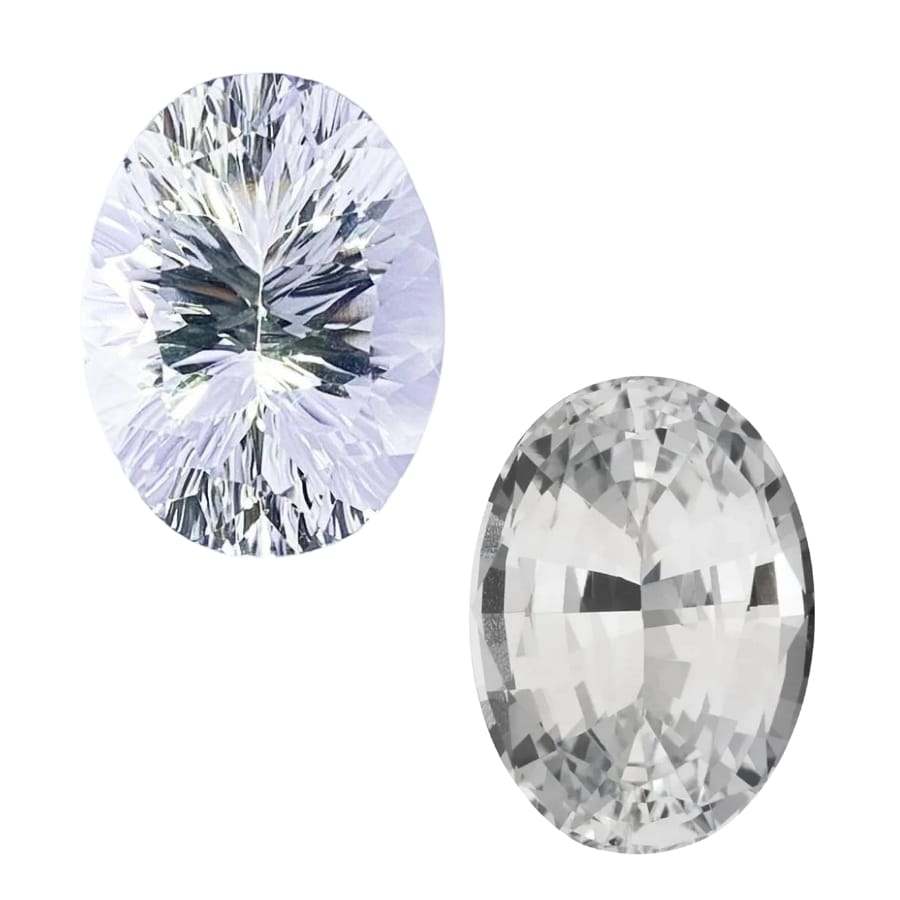
White topaz and white sapphire can be told apart in a number of ways. It’s enjoyable to try to recognize what makes them special. Even though they look alike, they are not the same in some important ways.
Check the sparkle
This is called “brilliance” in gem-talk. Sapphires have a higher refractive index, which is a fancy way of saying they can make light bend more.
This means they can sparkle more than topaz. If you’ve got two stones that look alike, the one that seems to twinkle more under a light is probably the sapphire.
Test the hardness
In the world of gemstones, hardness is measured on a scale called the Mohs scale. Think of it like a 1-10 scale where 10 is the hardest. Now, sapphire scores a 9, making it one of the hardest minerals around – right after diamond!
But topaz isn’t quite as tough; it comes in at an 8. This means that sapphire is a bit more resistant to scratches than topaz. So, if you see a clear stone with some scratches, it’s more likely to be topaz than sapphire.
Compare their prices
White sapphires are usually more valuable than white topazes. This is because sapphires are harder to find and tougher, which makes them more desirable.
If you’re choosing between two similar-looking stones and there’s a big difference in price, the more expensive one might be the sapphire.


